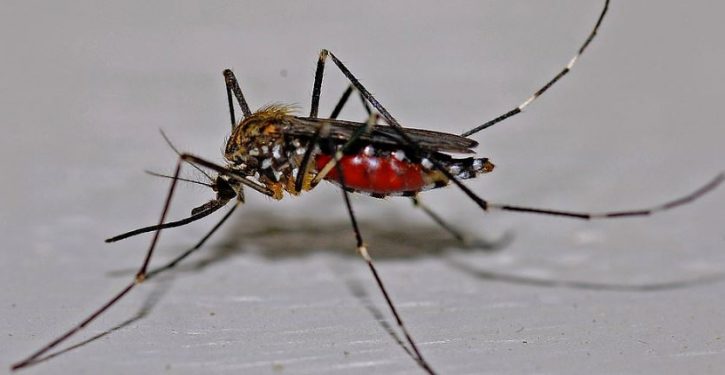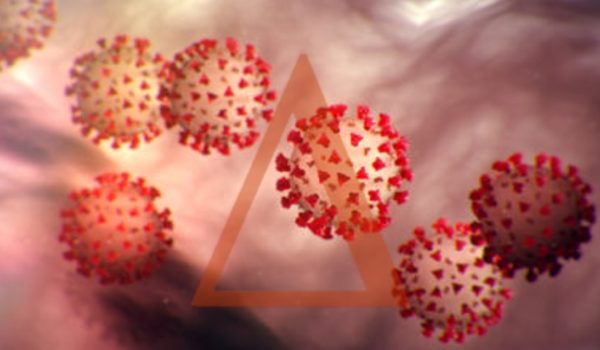
A country on the northern coast of South America recently became the 46th country to eliminate malaria. The World Health Organization reports that on June 30, “Suriname became the first country in the Amazon region to receive malaria-free certification from the World Health Organization…Certification of malaria elimination is granted by WHO when a country has proven, beyond reasonable doubt, that the chain of indigenous transmission has been interrupted nationwide for at least the previous three consecutive years.”
It has taken Suriname 70 years of effort to eradicate malaria. As Suriname’s health minister notes, “eliminating malaria will have positive effects” not only on the country’s “healthcare sector,” but also “boost the economy, and enhance tourism.” 25 years ago, Suriname had the highest malaria rate in the New World:
Suriname’s malaria control efforts began in 1950s in the country’s densely-populated coastal areas, relying heavily on indoor spraying with the pesticide DDT and antimalarial treatment. By the 1960s, the coastal areas had become malaria-free and attention turned towards the country’s forested interior, home to diverse indigenous and tribal communities.
Although indoor spraying was successful in coastal areas, its impact was limited in the country’s interior due to the prevalence of traditional open-style homes that offer minimal protection against mosquitoes. In 1974 malaria control in the interior was decentralized to Medische Zending, Suriname’s primary health care service, which recruited and trained healthcare workers from the local communities to provide early diagnosis and treatment.
The surge in mining activities, particularly gold mining which often involves travel between malaria-endemic areas, led to increases in malaria, reaching a peak of more than 15 000 cases in 2001, the highest transmission rates of malaria in the Americas.
in 2023, Suriname had only about $106 million in tourism revenue. That was far less than the $399 million in tourism revenue received by the neighboring country of Guyana, which is similar in size to Suriname and has a similar number of people. (Nearby Venezuela has over $3 billion in tourism revenue, despite having a high crime rate and being ruled by an oppressive socialist dictator).
But now Suriname has a competitive health advantage for visitors over Guyana and Venezuela, because Guyana and Venezuela have not eradicated malaria, but Suriname has. While the risk of malaria is low along Guyana’s coast and in its capital of Georgetown, it is higher in Guyana’s interior regions, especially in areas with gold and diamond mining and logging.
There are beautiful places in the interior of Suriname, such as in the jungle, but traveling there can be expensive. One has to go by boat, airplane or helicopter. Air travel is often expensive.
The State Department travel advisory warns travelers about the risk of crime in Guyana, but not Suriname. On the other hand, Suriname is poorer than Guyana now (a reversal of past fortune, since Suriname was richer than Guyana 20 years ago), and Guyana is more likely to have a nice breeze than Suriname is (because Suriname is in the Intertropical Convergence Zone).
The neighboring country of Brazil is also fighting tropical diseases. It released millions of bacteria-infected mosquitoes to fight dengue fever.
Scientists have developed a new, more effective mosquito repellent you can easily apply to your skin, but the FDA will keep it from being sold in the U.S. for years, just as the FDA blocks the most effective sunscreens, which are available in Europe, from being sold in America.



